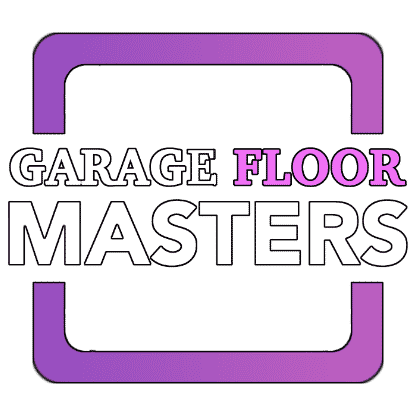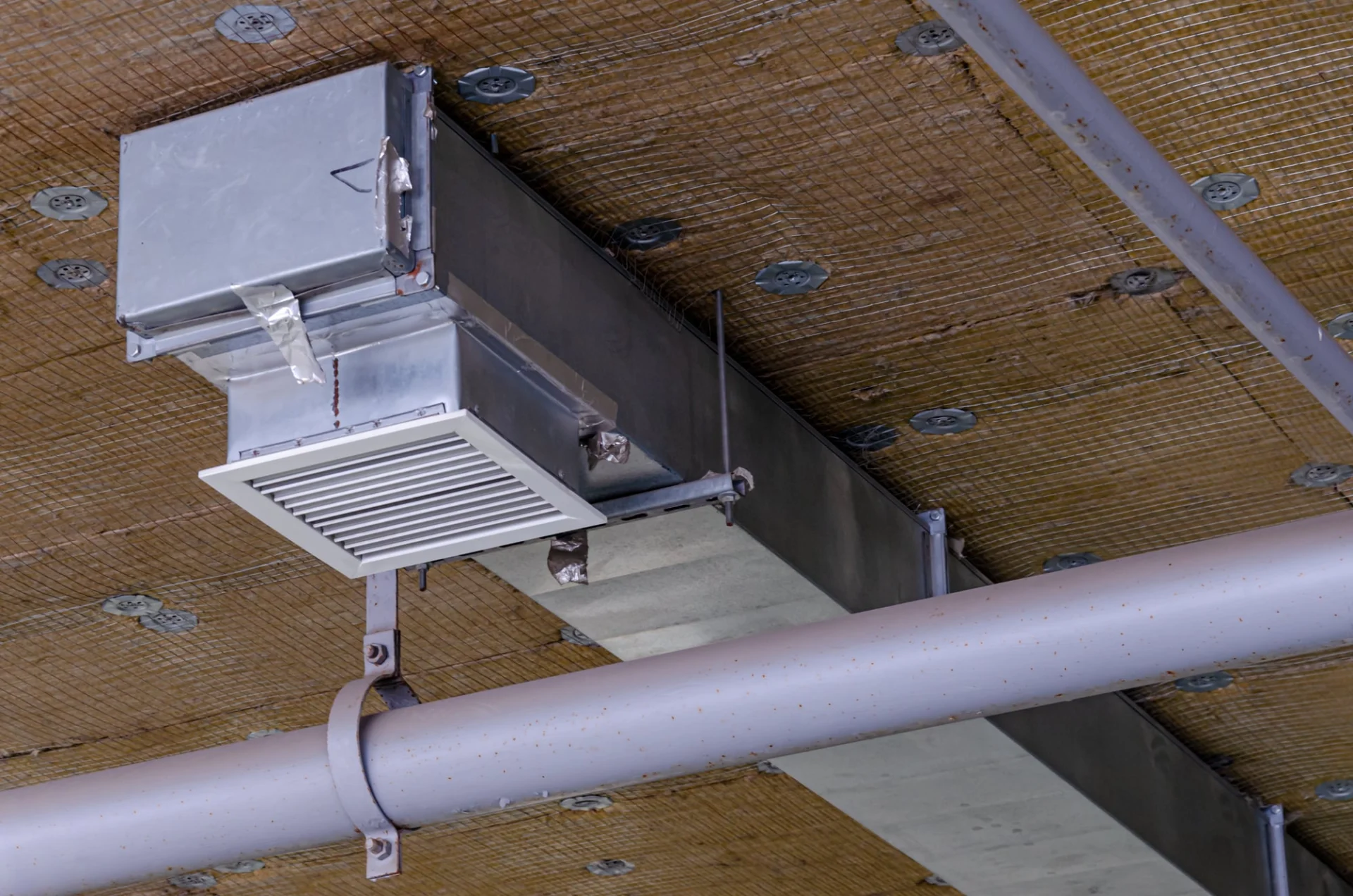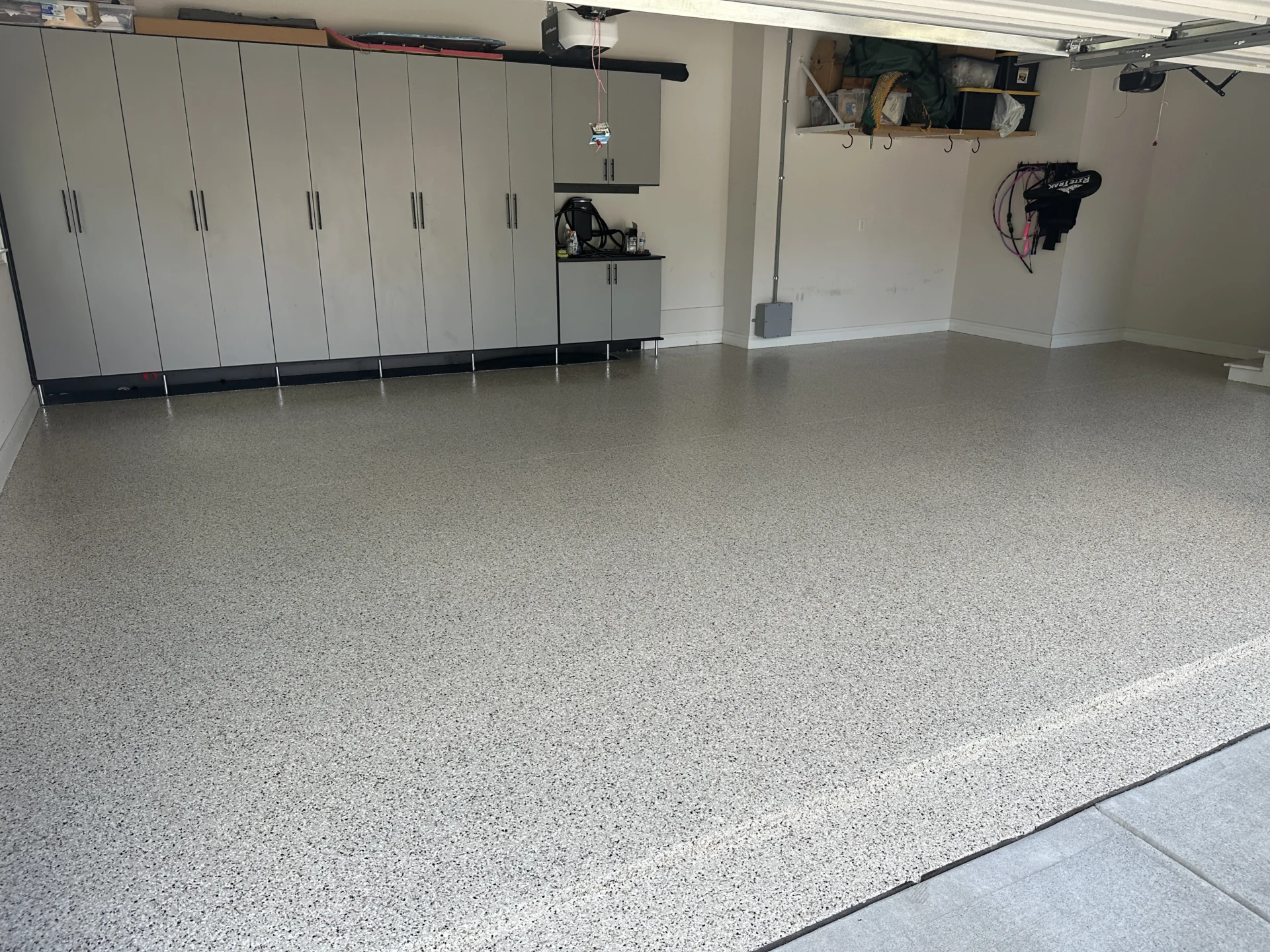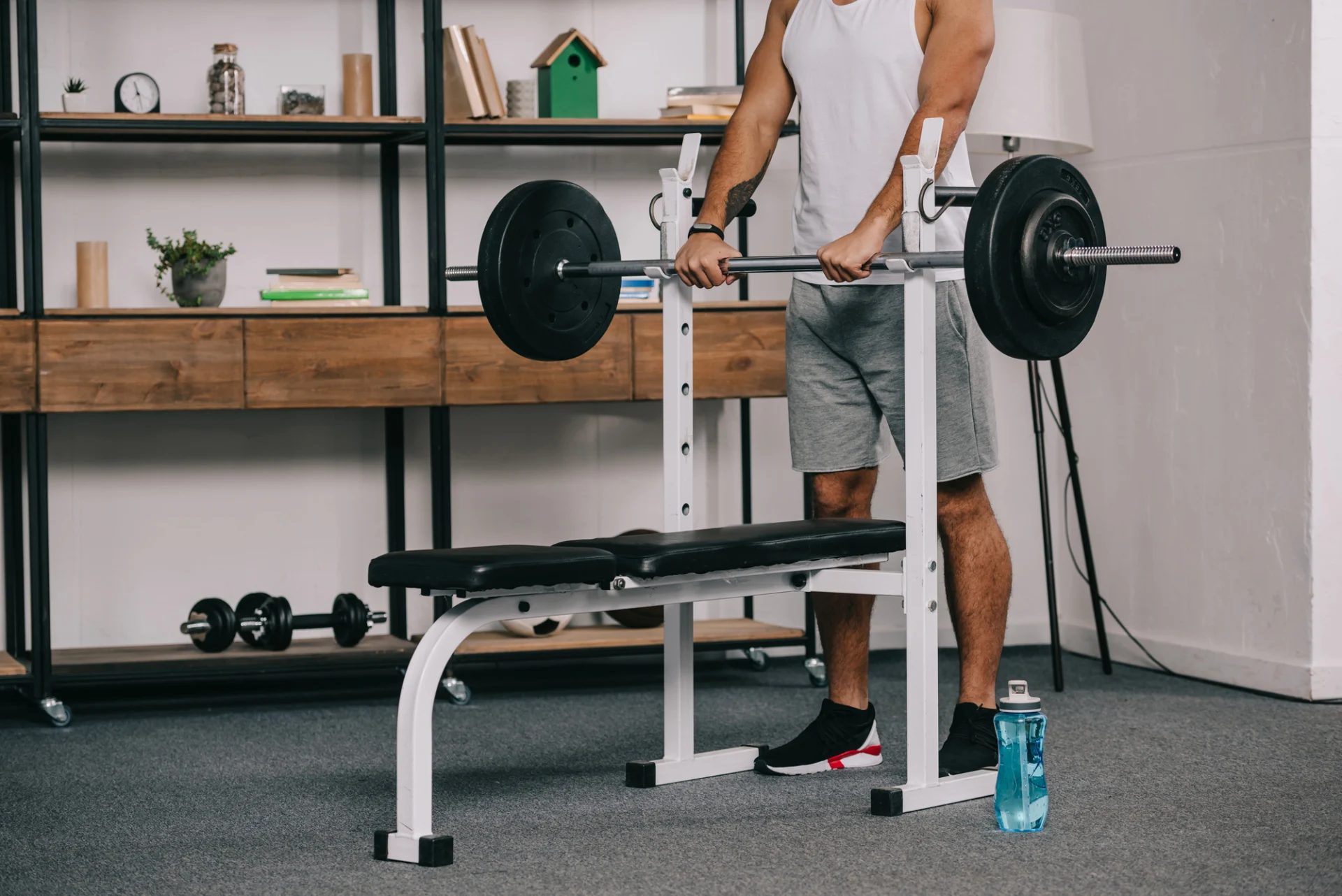Table of Contents
- 1. Seal the Gaps: Doors, Windows, and Cracks
- 2. Upgrade Wall and Ceiling Insulation
- 3. Improve Ventilation for Airflow and Moisture Control
- 4. Install a High-Quality Floor Coating
- Choose Garage Floor Masters for High-Quality Floor Coatings
- 5. Consider Insulated Storage and Smart Heating Options
Your garage might be the most overlooked space in your home, but poor insulation and ventilation can lead to extreme temperatures, trapped moisture, and even damage to your belongings. Whether you use your garage for storage, projects, or parking, making it more comfortable and energy-efficient starts with a few smart upgrades. In this blog, we’ll explore simple ways to boost your garage’s insulation and airflow so you can enjoy a cleaner, drier, and more functional space year-round.
1. Seal the Gaps: Doors, Windows, and Cracks
One of the simplest and most effective ways to improve your garage’s insulation is to seal up the small gaps that let in drafts, moisture, and even pests. Start by applying weatherstripping around your garage door and any windows. This creates a tight seal that blocks outside air and helps maintain a consistent temperature inside.
Next, grab some caulk or expanding spray foam to fill in any cracks or small openings in the walls and along the floor. These sneaky gaps might not look like much, but they can seriously impact your garage’s energy efficiency.
For a bigger impact, consider installing an insulated garage door. It adds an extra layer of protection from the elements and can dramatically reduce heat loss in winter and keep things cooler in summer—making your garage more comfortable year-round.
2. Upgrade Wall and Ceiling Insulation
If your garage feels like a sauna in the summer and a walk-in freezer in the winter, poor insulation is likely to blame. Most garages aren’t built with comfort in mind, but that doesn’t mean you have to live with extreme temperatures. Upgrading the insulation in your walls, ceiling, and even the garage door can make a big difference in year-round comfort, energy efficiency, and protection for anything you store inside.
There are a few insulation types to consider:
- Fiberglass batts are affordable and easy to install, great for DIYers.
- Foam board provides a higher R-value with a slim profile.
- Spray foam expands to fill every crack, giving you the best air seal and moisture resistance.
Not sure what’s right for your garage? Think about your climate and how you use the space. If you spend time in the garage working, exercising, or using it as a hobby room, better insulation pays off. Even if it’s just for storage, proper insulation helps protect tools, paint, and other temperature-sensitive items. A well-insulated garage is quieter, cleaner, and adds serious value to your home.
3. Improve Ventilation for Airflow and Moisture Control
A stuffy, musty garage isn’t just uncomfortable—it can also be a breeding ground for mold, mildew, and rust. Without proper ventilation, heat and humidity get trapped, especially in enclosed garages, leading to poor air quality and potential damage to anything you store inside.
Start by installing exhaust vents or attic fans to pull stale, humid air out and bring fresh air in. These systems improve airflow and help regulate temperature, especially during hot summer months.
If adding a mechanical system isn’t an option, consider something simpler, like a window or louvered vent to allow natural air circulation. Even a little fresh air can go a long way.
In damp climates or tightly sealed garages, a dehumidifier can be a game-changer. It helps control humidity levels, keeping your space dry, comfortable, and safe for tools, gear, and even your car.
4. Install a High-Quality Floor Coating
Upgrading your garage floor with a high-quality coating does more than just make it look good—it plays a key role in improving insulation and ventilation, comfort, and even climate control. Coatings like epoxy or polyaspartic create a durable, sealed surface that helps regulate temperature and resist moisture, keeping your garage drier and more energy-efficient year-round.
A coated floor also reduces dust, which not only keeps your garage cleaner but also improves air quality. No more tracking gritty dust into your home or dealing with the constant mess from bare concrete.
And if you choose a reflective coating, you’ll enjoy a brighter, more inviting space that reflects light and reduces the need for extra lighting—perfect if you use your garage for a workshop or hobby space. Plus, the smooth surface adds a layer of comfort underfoot that bare concrete just can’t match. It’s an upgrade that looks great and works hard.
Choose Garage Floor Masters for High-Quality Floor Coatings
Ready to turn your garage into a cleaner, more comfortable, and energy-efficient space? Start from the ground up with Garage Floor Masters. Our expert team offers high-quality floor coatings that boost insulation, resist moisture, and instantly upgrade your garage’s look and feel. Need help improving ventilation or insulation too? We’ve got tips and solutions to match your goals. Don’t wait—contact Garage Floor Masters today and take the first step toward a better, more functional garage you’ll actually enjoy using.
5. Consider Insulated Storage and Smart Heating Options
If you store tools, paint, or seasonal gear in your garage, insulated storage is a smart way to protect those temperature-sensitive items. Cabinets or shelves with insulation help keep everything safe from extreme heat or cold. If you use your garage year-round, consider installing a space heater or mini-split system to stay comfortable—just make sure the space is well-ventilated and the unit is properly installed. Always follow safety guidelines for heating enclosed areas, and choose energy-efficient models to avoid skyrocketing bills. A little warmth and smart storage go a long way in creating a usable, comfortable garage.







